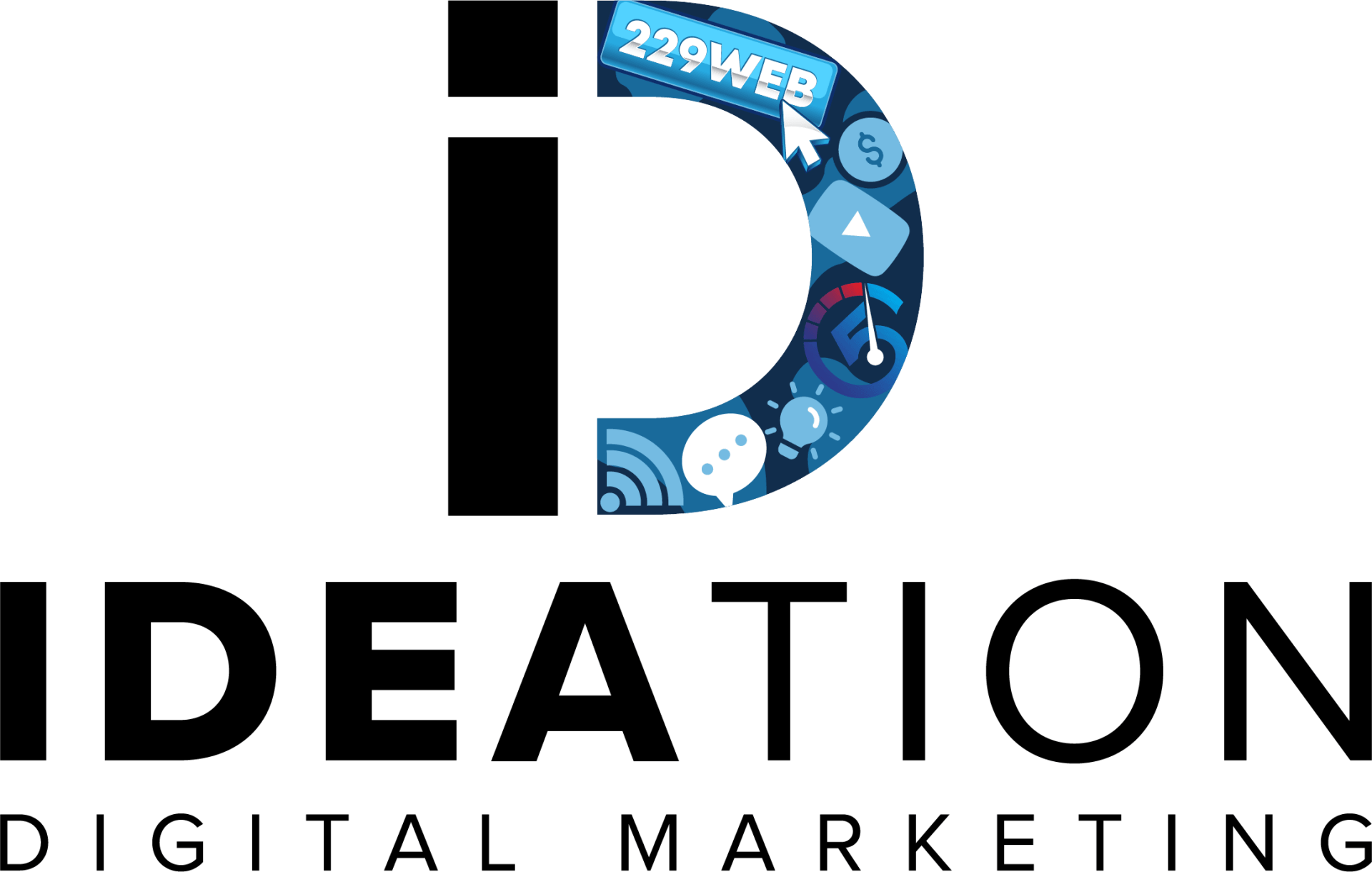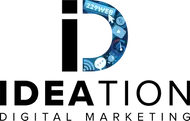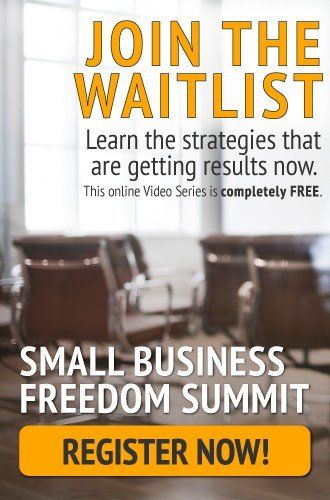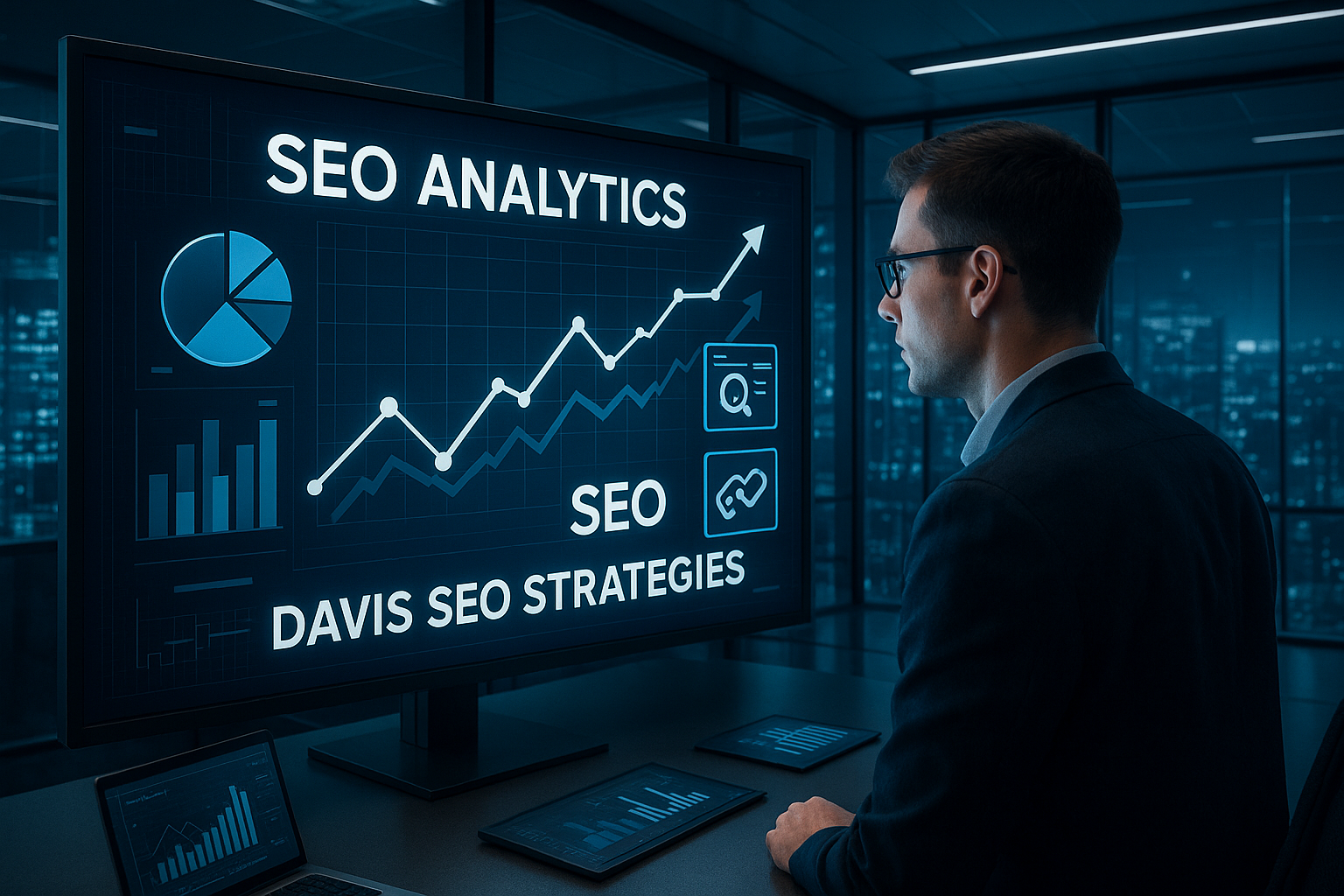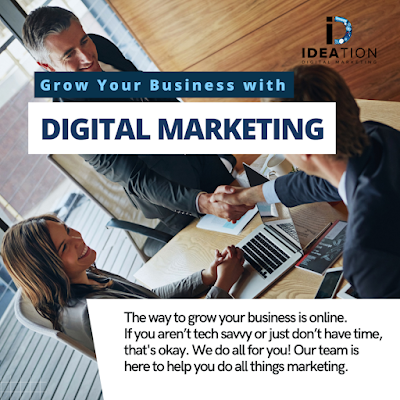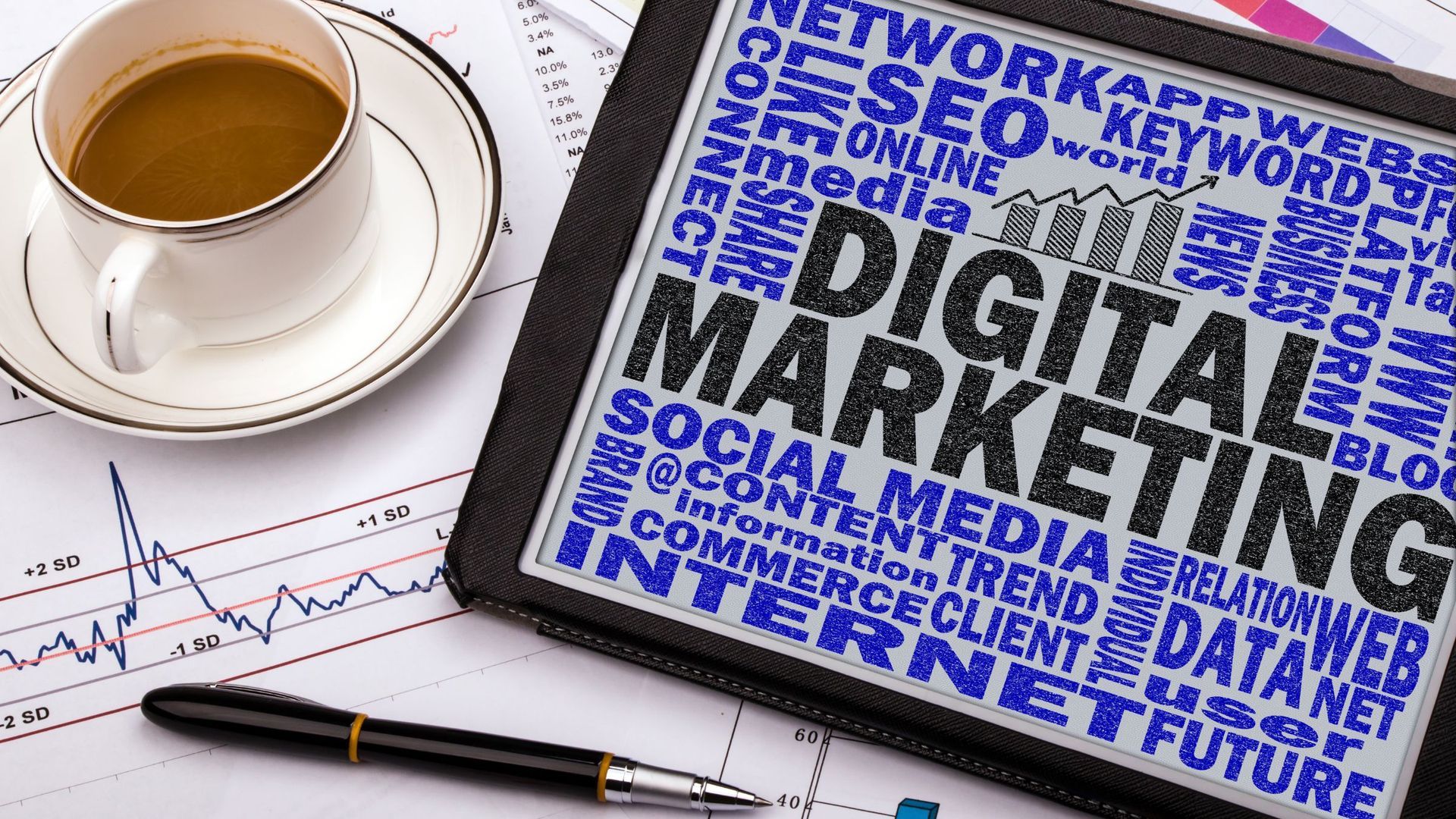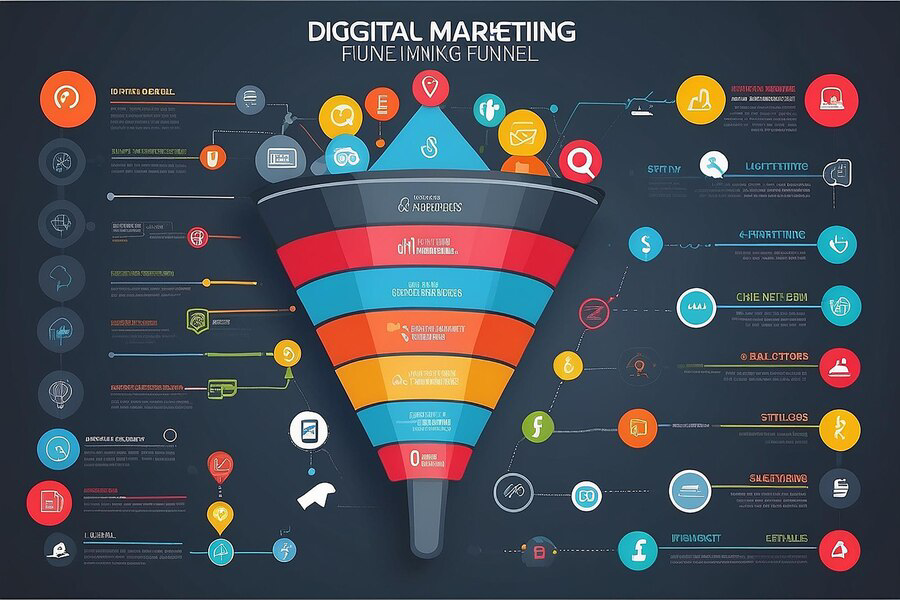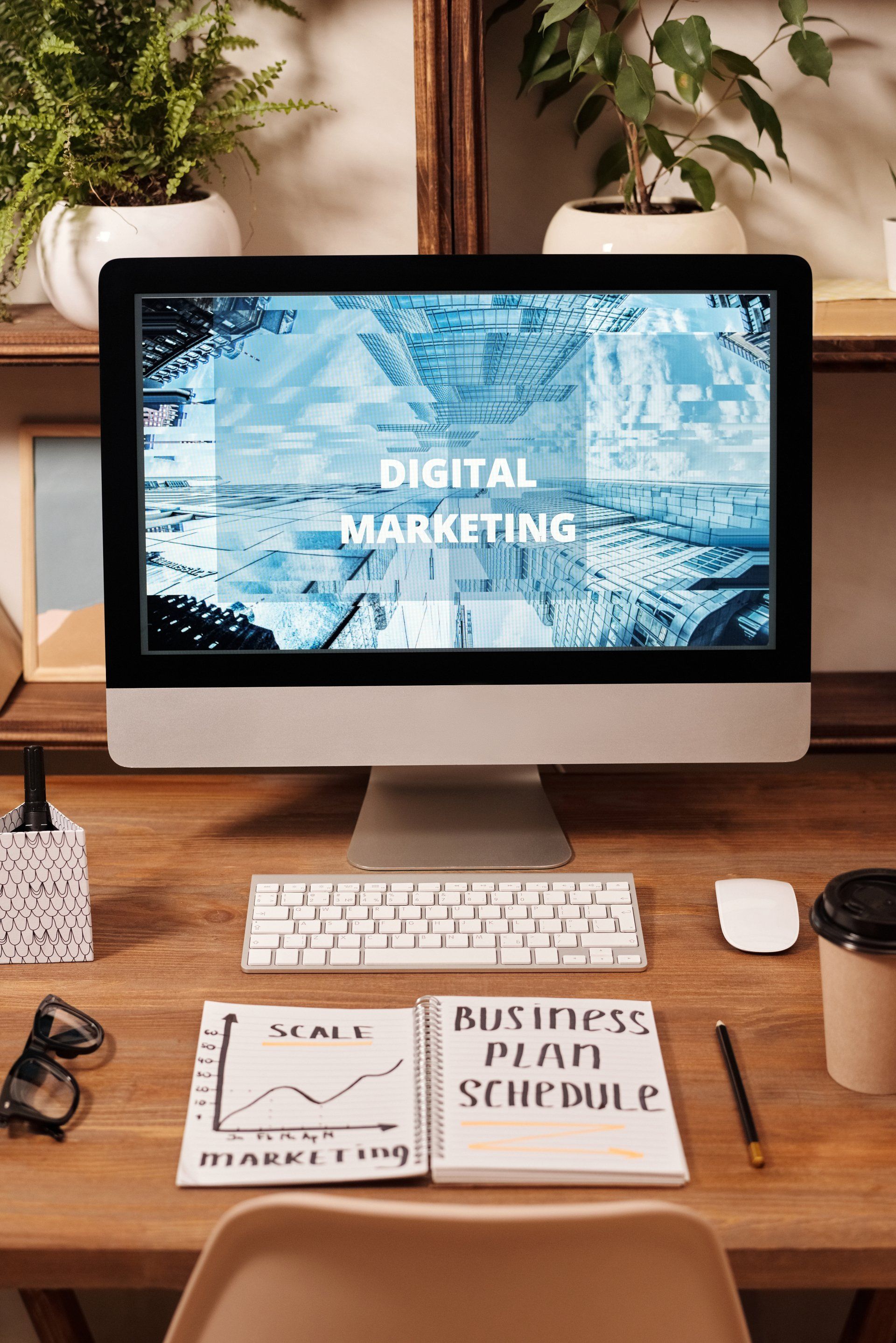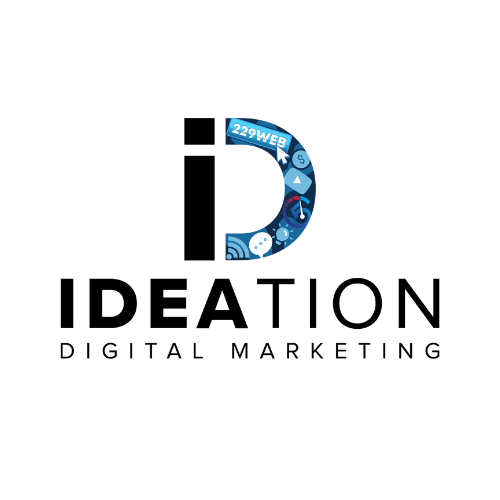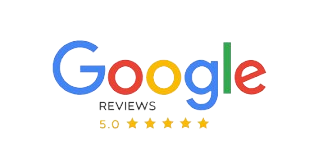Real Business Growth Strategies With The Real Brad Lea
Sean: Okay Brad thanks for taking the time to be with everyone today and sharing some of your insight. For anyone that’s not already familiar with who you are and what you do, can you give us a little introduction and let us know what you’re going to talk about today?
Brad Lea: Yeah absolutely! My name is Brad Lea, I am the founder and CEO of Lightspeed VT. It’s a web-based interactive virtual training solutions company and I’m going to talk about anything you want today.
Sean: So as US told us before the interview you handle is the real Brad Lea and I know from reading your material a lot, check some of your video that you think it’s really important especially today to be genuine as a business person, as a real person because to your point somehow you’re going to get find out eventually between social media interviews whatever. What’s the value in being genuine and why do you think that is all important to connect with the audience?
Brad Lea: Well, I mean yeah because you know amongst many qualities that are valuable, “Authenticity and keeping it real is a way to create longevity” because if you were to be kind of fake, or pose or you know present yourself in such a way that isn’t real, it’s only a matter of time before someone discovers that and or you know exposes that, and next thing you know your business crumbles because you built it on a false facade. Well, so like me if someone doesn’t like me you know I don’t want to find out after we’re in an agreement together. If you don’t like me upfront then you know let’s not do business. If you meet me up front and want to do business with me, and three months later it was all fake and now all of a sudden you hear me you know say you don’t drop of word you don’t like or have a philosophy you don’t like now now we’re in a bad situation so you got to keep it real.
Sean: How many do you think we need to get I don’t feel familiar with Donald Miller but uh ketta story brand he’s a marketing guy one of his books he talks about almost doing this one of ulnar ability is where you really connect with people because maybe says a lot of us we reach situations that are live that we think people won’t appreciate it or we need to hide and put up masks little by little we all see come on to connect with people do you think you give to that point everything you think you hold at least some of it back which is genuine with your personality
Brad Lea: No I mean I don’t hold anything back I mean obviously using some common sense and business acumen you don’t go too far but I say keep it real I mean and not only that but Boehner ability sells I mean I do these shows on Facebook live from my fanpage I do these things called the bottom lines with different gas Daymond John you know different celebrities that use the BT system and brands that come in and a couple of times you know it really got vulnerable a couple people started crying I mean people love that they connect with that people want authenticity these days
Sean:I think that’s absolutely true and I think that’s a great point I just was wondering after you thought that too or if you’re just like hey go out there so another thing is your thing I guess if your story a little bit why do you think it’s the point I believe that anything is possible as a business owner it’s important to believe that you know I did to keep that mentality like you know why do you think that’s important for your success
Brad Lea: well we will anything is possible and and be because if you don’t believe that you’re limiting your abilities to succeed you’re limiting your ability to expand anything is possible I mean it’s you know a lot of people want to try and you know come up with something smart I see like you know well you can’t fly well yes you can have you heard of Orville and Wilbur Wright before
Sean: so how do you think you know that’s a really good point in modern society there are a lot of constraints a lot of people will sit there and tell you that anything is not in fact possible or you know especially with entrepreneurs as you get out there and you’re not from a family of business owners entrepreneurs a big lasting I have this idea I’m going to get it done you can have a lot of naysayers and a lot of people holding you back how do you keep that anything is possible mentality you know in those kind of situations
Brad Lea: well I mean I think my variance in life is proving it to me I mean I dropped out of high school and 11th grade went to LA to be a movie star landed a starring role in a movie three days before production the producer son
got got the part instead of me a little bit of nepotism there but you know when went through life just seeing things that were impossible happen I mean anything is possible and I believe it because I’ve seen it and I think anybody else has seen it too they may they may not be paying attention so again I mean if you have a if you have any other belief other than that you’re limiting yourself and that’s most people’s problem most people limit themselves you know there’s a lot of companies that go in and they work off budgets you know it sounds crazy but like I don’t operate off of a budget because I believe budgets are basically limits like why would you go in and plan your limits for the year yeah so but but again I mean you know a Harvard Graduate in business would say you know I won’t be in business well again I am in business our business is exploding I was doing it 17 years ago when there wasn’t any online learning so it wasn’t even heard of he barely has a cell phone back then and you know everyone said this wouldn’t work well again here we are working like a son of a gun so anything’s possible for my company
Sean: how did you stay motivated for 14 years when your building didn’t take me 14 years to develop it it took me 14 years to catch up to time so like we were ahead of our time and as I was out there knocking on doors for the first 14 years you know Internet just remember back when people didn’t want websites nowadays if you don’t have a website and a good looking website you’re not even real and I don’t care how real you are you’re perceived as fake cheap broke out of business not good not credible if your website doesn’t represent you well I remember when come when I was selling websites way back in the day and people were like we don’t need one we don’t want one well guess what that change didn’t it so it took us 40 years to catch up catch up I mean we were ahead of our time so a lot of the heartache and pain and challenges that I went through I just believed it in 90 days everything would be different I still believe that I was just having a meeting with some of my staff I said man in 90 days this would be night and day so just literally I didn’t try to think too far ahead just donated a if you can you know focus for 90 days it’s a lot easier next thing you know it’s been 15 years 90 days at a time I want to write a book one day called how do you how to get anything you want in 90 days and the days will be spelled da ve because you just get in two days and look down and work for 90 days and then you look up and if you haven’t attained what it is you set out to do look back down and repeat that step and in one of those 90 day cycles you’ll look up and and and find success well it could have been 13 90 day cycles to get it but it’s still within that 90-day so how you get anything you want 90 days there you go people to look at golden yeah you take 90 days or did someone help you pick that or just belief you know I figured when I started my company would be about 90 days before I made my first million yeah in 90 days I didn’t have my first million didn’t I didn’t I my first customer so guess what I talked to a lot of people a lot of people were getting ready to call me back and say yes oh man all I need now is 90 more days for that and that just kept going it was it was uh you know again like it seems like it was a year ago I started my company but if you ask me right now I would think don’t things going to travel but 90 days it’ll be twice as good as it is now that’s a great outlet I think you guys on something else is really important to being first sometimes there’s a difficult a lot of times being second or third in the market obviously is easier to someone leave the path for you so for something out there that’s got a really good idea and they’re struggling against being ahead of their time like you were what kind of lessons did you learn that maybe would help them well I mean I like to innovate so I mean I don’t want to be second I want to be third I want to be first if I have to go through the heartache for everybody else hallelujah but I think if you’re not first you’re you’re copying the first and I just like to be first you know as as they say the view never changes unless you’re the lead dog yeah because otherwise you’re just looking at the same you know on a sledding team the dogs are all chained up well other than the lead dog but you never changes the dogs behind you’re just looking at the same thing which is which is the first dog’s ass you know a lot about training and training employees and stocks as a business owner when you’re hiring what was the most important thing to consider when you’re developing a training program fair style accountability inspect what you expect in repetition see a lot of lot of companies when they set up a training program they think hey go through this okay they went through it now what well know go through it a million times I can sing a song right now and anybody that watches this video will be able to sing it with me and it’s based on repetition it’s your ABCs happy birthday to you any of those songs you know why you know those songs because of repetition they didn’t walk in and say okay welcome to first grade here’s your alphabet and then now the next day let’s move on to arithmetic you stayed on the same subject over and over so I think the most important thing a company or an entrepreneur can do to train their people effectively is to make sure that there’s repetition and accountability some people don’t realize that training is uncomfortable you know you go to the gym to get asked I don’t know anything about apps but I heard it’s very uncomfortable to get them it’s uncomfortable to give up that piece of cake it’s uncomfortable to get up early enough to do the work well that’s why people with ads you know have apps there willing to be uncomfortable to get that that goal training is the same way training is uncomfortable employees a lot of times bitch and moan about training or they’ll say I’ve done it well training isn’t something you did it’s something you do so any business owner has to understand that’s their business that’s their brand that’s their future and if you don’t insist on implementing a learning culture within your organization you’re going to be operating less than efficiently high-skilled well-trained employees makes the difference between you know really doing well and just doing all right is there a chance of motivating employees to want to do the training or follow through in the training have you found some good techniques for that the best technique ever is termination ok let me say so I mean people always think I’m joking would we bet you know a lot of companies we’ve seen a lot of successful implementations and the best one ever is if you don’t train you don’t work here how about that and they had a hundred percent adoption but you know the key is they were also the most you know one of the most successful groups in their field if you look at today because I look at training data all the time the number one people on earth trained the most the best athletes the best teams the best companies the best people they’re all reading and learning and growing and training all the time the highest paid people on the planet are the are usually a sales commission based or the most highly trained and even in the sales commission that’s true so companies are afraid to hold their people accountable I mean I’ve spent a lot of time money blood sweat and tears building this company if you come here if you don’t want to be trained you’re not interested in growing and improving well then I’m not interested in having you on my team so here if you don’t want to train you know go find another job and if something a business owners did that more often training would become normal training would become commonplace and when you got job somewhere you would almost expect it funny thing is is most of the most of the highest level employees come in here that I’ve hired have have inquired about the training like what training do you provide good employees will ask you what kind of training you provide you know the ones that say oh you know I know I don’t need to train those are the ones that won’t be there anyway a lot of companies will spend $50,000 advertising to get people in their door but they won’t invest in training you know $1,000 a month to train everybody on staff to keep them you know highly skilled motivated just chump changes but it’s the single highest ROI you can make but people don’t value it because it doesn’t work very well and they can’t measure it well if you trace back back it doesn’t work very well because they’re not doing it effectively they’re making people go through once they’re not testing anybody to see if they actually retain the information and they don’t hold them accountable to the information so anyway I’ll ramble about that for days man train your people topic and the question ever makes sense for you to do internal training or should you always be looking for a company that that’s what they do and they can do it better than no I mean you have to have a blend I mean there’s nobody that can teach my people here my philosophies better than me you know internally we teach culture we teach you know various things but you know I’m not an expert on sexual harassment so I just hire a sexual harassment expert or you know if our sales techniques need to be modified or motivational you know I’ll get Eric Thomas Grant Cardone Tony Robb and some of our clients we we assign training from our clients left and right it’s a blend just like it shouldn’t necessarily all be online you can train live the problem with live is that there’s no repetition and most times no accountability so what you do is you train live to answer questions and then you put them on a virtual or an online system to get the repetition and the accountability so you a blended approach is best and it works the same with content you’re going to want some of your own stuff you know watch some of the other people’s stuff I think that brings up a good question – do you think that a web-based and virtual training are going to be the gold standard of the future for everything right here in college well the gold standard will only be if you’re on the Lightspeed VT platform because everything else out there is kind of antiquated because it’s built by techies and they’re not looking to cater to the user experience so no plug intended the gold standard will be light speed or it already is but I think what you’re asking is do I think our online learning your web-based learning is going to grow and be what everyone does I think yes because it’s more efficient it’s more scalable it’s less money it’s more effective you know it’s just a better mousetrap but I don’t think live training will go away and it shouldn’t I think there’ll be a bigger and bigger blend but studies show that the online learning industry will increase by 300% in the next five years we also do conferences we also talked to people about to do lab obviously but I do see you know the virtual reality comes along we’re actually working with companies doing virtual reality medical training now where you know it forces your patients and the different things they can do it through them and some of their content so it was something I would have even considered possible but you know probably thanks to people like you we’re going to see a lot more of that so I discovered that it was gonna dominate in your opinion is your Tom mating force it can be where if you don’t have a virtual training system I call it virtual online learning whatever success takes me but if you have web-based learning system you’re eventually going to go out of business by the people who do I think that’s absolutely true let’s take a look at a ship from that pretty a business to your marketing so I think you do some really creative marketing and you have a lot of good content how important it is to be creative with your marketing and not just do that the standard thing is you obviously kind of go outside the box with a lot of your video content a lot of your online content how does that paid off do you think that’s like really important if you think being real is more important than you can kind of be boring as long as you’re yourselves now people don’t like boring you guys give me some examples cuz I’m not sure what it is I’m doing this all created well I got your video that you know people will come in and there’s filters behind them where they’re a different planet and also a movie clip will pop in next to that and you know they’re picking up different themes that you’re working with other people obviously love these videos but you know the video editing techniques you’re doing we’re not seeing a lot of I don’t see a lot of that leaves to see a lot of people that are you know certain angles once in a while but it’s just that one person talking here literally you disappear that the person you’re talking with reappears behind you you know just something that you don’t see a lot of people do and even some of the topics I think you’ve talked about beards and one time you know that kind of stuff well yeah that you’re talking about the bottom line series I have well the bottom line are basically two minute opinions but they’re not opinions if there’s a bottom line on whatever subject you want Trump pickup lines money investing success motivation beards like anything anything you want to know about by the way you can send in what you want my bottom line hot and all film one matter of fact I was just filming two before we jumped on here but the special effects I guess you would say are the editing that goes into them is because I have a staff of editors so most people don’t so you know they hold up their phone or turn on their camera and they have a little bit of editing talent so they lightly edit it and put it out there but in some cases I just hold up my phone and make the video like you go to my Instagram you might see a bottom-line clip on there just to share it there but most of the content is just holding up my phone and talking regardless of whether you have editors or not you just want to make make it interesting I mean you want to you want to try to show an interesting life which by the way even if you don’t get any followers and it doesn’t have any benefit the benefit is you’ll have an interesting life I mean think about it if I held up you know me sitting there eating a sandwhich watching television for 20 min everyone’s gonna be like what’s going on so literally every day I think you know what what’s interesting today oh there’s a customer that’s interesting let me talk to the customer the bottom lines are interesting because most people are afraid to get the perspective I give or keep it real like I do and people are finding it interesting and what’s funny is you know we’re getting you know thousands of views on videos that really might offend some people when in reality nobody’s offended they’re all liking it which is crazy because on some of them I drop them to get a little bit you know I wanted to get a little controversy and all thumbs up and they liked it question about that a lot of marketers will tell you with your content would be very specific actually your target audience obviously you’re approaching some probabilistic you know concepts there is that’s more about you putting out your real ground there when you’re doing that like is this about your personal brand or are you expecting or utilizing that effectively to bring people into your your online business as well people don’t usually follow businesses so people people follow people you know I don’t follow Virgin America or Virgin Airlines I follow Richard Branson so I’m establishing myself as a brand or or a person really I’m not brand but people say that um I’m just establishing my life and I think by doing that they’re going to say who is this guy well he owns Lightspeed what’s Lightspeed it’s a natural progression to what it is you do but I don’t connect them I mean when I’m on as Bradley you know that’s me my life and you know what’s in it and that’s it it does however start connecting to real life I’ve had a lot of deals happen because they saw me on social media they liked what I had to say they started looking me up realized I started and founded the most you know innovative training platform there is started looking into that next thing you know they came and became a cost so social media and especially Facebook I think is a must and nobody wants to see you know a company they want to see people so I was a long way of saying you know I I don’t connect them I was just curious example you get like you’re Richard Branson his persona is a Spencer mercenaire life every two clinics are adventure you know like your Steve Jobs was you know if you were in Geneva tea and different of that kind of connect with Apple yours kind of this is me and these are all the things that we’ll talk about it does I just was curious if that is to build your training problems if I hang on a virtual train of thought what we can do everything or we building a personal brand that was just your personal brand you know you can do other things well again you know more the ladder it’s just for me I’ll talk about anything I want to talk about I’ll give any opinion you people want to know of me and it has nothing to do with with the company however it is driving business to the company so it wasn’t intentional like Bradley social solution I’m just trying to do my social media and I’m trying to you know give out information and nuggets so a lot of the Millennials you know don’t make the same mistakes I do I’m right in the middle of writing a book called the hard way and basically it’s you know should I learn the hard way so you don’t have to because I didn’t I didn’t do the smart thing I didn’t you know read books and find mentors and apply what they’ve taught I did it on my own I was you know to cool so I thought I knew everything which I didn’t and I had to go out and bloody my knuckles and get that lip and do it the hard way and now I guess entrepreneurs or entrepreneurialism nowadays kind of the cool thing to do so I put a lot of that social media out there to try and help those that are forging into the entrepreneurial world so they don’t have to do it the hard way like I did because I mean the smart ones you learn from other people’s mistakes you don’t have to make them yourself which was actually exactly I was curious about what was being yourself also attracting business which obviously it is tell you not to do it that way you know your interesting case study I’m doing the opposite of what a lot of people will tell you that’s when is a question that’s great you know it’s funny because one time we had an employee that was questioning some things at the office and so our HR director said read handbook which caused me to go read the handbook and I’m like who wrote this handbook and it was all corporate II like we got it from IBM or something and I said you know we we need a better handbook so I spent three days at home over the weekend and I wrote every word in the handbook and the first the first word of the handbook is sup so but it says you know we fly in the face of conventional wisdom because a lot of times by conventional wisdom is wrong you know just because they do it doesn’t mean it makes it right and most people follow conventional wisdom and if you look at the stats how many people make it how many people are successful they always talk about the 1% well why isn’t there more I mean its conventional wisdom for Pete say that you’re competing with everyone else doing the same exact thing we actually definitely talked to you before he was John Carter and he’s a trading expert in stock market he said everyone’s read the same books everyone’s using the same techniques he’s like in the first know that so when they look for a movement they know how to knock out all this people they’re trying to practice that you know the conventional wisdom becomes a trading so he’s like if you can go a little bit outside that I prepared for that be aware of that it’s like you’ll actually find more success that way now you know both this out there so you know created value something similar concept yeah well again I mean I think I think in most cases I agree in some cases conventional wisdom is you know something to consider you know again you don’t ever want to throw away advice you want to process it see if it applies to you in your situation and apply it when necessary there’s a lot of conventional wisdom that I that I do take like you know don’t don’t rob banks you know there’s good bodies out there where you don’t need to be the pioneer but you’ll usually you know ask any pioneer in any industry and they’re the ones you know with the arrows in their back you know the Pioneers get the arrows the settlers getting to land so sometimes it’s not fair but I would highly recommend you fly in the face of conventional wisdom most times now in degree we have another possessor of the conference let’s talk about his confidence think wrong you know it’s actually don’t be afraid to think robber one of the government believe you’re wrong for the same concepts you know all the pioneers everyone thought they were crazy every little bit of wrong a lot of them I mean we know in history like some people were literally killed or you know ostracized for a concept that now we all believe is perfectly correct but in their time you know nobody could except so I think that’s a great advice one thing I really like to ask you about you’re obviously really good up electricuted partnerships you’re bringing as you said a lot of people on your show you do videos with celebrities you’ve used that to leverage your personal brand really really well what’s your strategy for creating those kind of strategic partnerships for growing your brand you know I wish I had some genius answer or I don’t really have a strategy again I’m lucky in the fact that I get to interact and hang around a lot of successful powerful you know people including celebrities and so I like to take advantage of opportunities I mean they’re in my office Hayes I mean let me throw a video together to teach somebody something or let me get their opinion on something and so I’ll just throw it on social media also you know a little bit of strategy if I feature for example Tony Robbins in a video there’s a lot of people who love Tony Robbins so Tony plays it for his people and then people are exposed to me so they have a chance to say hey I like that guy he’s real of course it’s backfire to where someone said it was bad idiot so whatever well you cut a lot but obviously there’s if you’re in the right places to meet those right people there’s something to that whether it’s just you being realyourself and happening so how does for example how do you get the other video and Tony Robbins was it just to your training you know a company or did something lead up to those kind of connections well you know I would ask everybody in the world you know Tony Robbins because I need to show him like my sister I showed him my system won’t make a deal so eventually someone knew Tony Robbins and so they got me a five-minute meeting in his hotel room while he was in San Francisco and that five minutes turned into an hour and a half then actually down to his new place in Florida and closed him you know I a lot of people say I’m the guy that closes the guys that teach you how to close come on obviously I think it’s explained a lot that was through severe Jerry you went out and said I gotta find this guy somebody find this guy and it made it happen so yeah luck is when preparation meets opportunity I mean I I sought him out and didn’t stop it wasn’t lucky that I got to him it was worth how I got to him so again a lot of people you know saying well that guy’s lucky or that girl’s lucky man come on I know although I’d rather be lucky than good I don’t think luck is a consistent thing rely upon hard work is though are actually smart work again I don’t really work hard I work I work smart but you know when people are starting a business if they can rely on lot good for that but it’s not luck it’s you know and ingenuity and work I think we probably one more question so you the second person in this conference that talked well you haven’t talked about it but you used reinvention to really find your success you started off with a program geared you’re least training program for summits for teaching people items on cars better and you realize you need a better platform which was an offshoot of your original business and that’s really what you’ve developed your bond with as a business owner how do you figure out when it’s time to kind of reinvent your business and how do you decide which I know about because I assumed you had a lot of other options besides saying hey I’m going to develop the most you know the thickness ingenuity and develop this way ahead of its plant platform that nobody else has ever seen you know you could have gone a different way program what made you decide to go that way and how do you know it’s time to look somewhere else to really grow well when I was born I was born in a bucket of common sense like my common sense is like ten times normal of anybody else so the common sense told me to do it I mean when you go out and start trying to train people live and you’re getting paid to do it and it’s not working very well common sense tells you to find a better way you don’t just keep doing it so I built I built the platform for myself just out of necessity just out of common sense I mean this live stuff isn’t giving me the repetition I’m not able to test every one of them I leave and then the people that were half-trained your training new people because they weren’t even hired when I was there so it was just common sense that this live training stuff doesn’t work as well and I need to find the solution so it was just common sense but but to make adjustments I think you need to listen to the data you know there’s a lot of bad advice out there there’s a lot of cliche memes all kinds of things like you know never give up which I understand never give up never stop however sometimes you need to stop and sometimes you need to give up because if I would have do you know try to do the same thing over and over and never gave up I would I would be really out of business and still trying to be whatever if that was I would have been out of business so the cliche I’d never give up men do give up you have to listen to the data watch what’s going on around you you know open your eyes look look and see what’s happening if nobody wants your product it might be it might be data to alter or change your direction your product your presentation your value proposition like change it make adjustments I’m not saying to stop your entrepreneurial dream or give up on the product look at the data and figure out what’s the problem why is why is this happening and then analyze that data use a lot of common sense and just make adjustments one of my five factors to success I call them is the first thing you got to do is take a chance the second thing you have to be is a good problem solver because you’re going to have a lot of problems and the better you are at solving problems the better you are I don’t personally call them problems I like to call them challenges because you know they’re not really problems they’re challenges and I make it more like a game which is a technique I used to you know get through problems without getting discouraged I make it like a game and then you make adjustments the third ones make adjustment fourth ones train your ass off fifth ones never give up so again that never give up gets up there people think it means never stop when that’s not necessarily what it means it means never give up trying to reach your goal but it but it doesn’t mean you know being so myopic that you are missing data that’s coming at you the third one make adjustments it’s funny because I was doing a speech for some chiropractors and you know when I said make adjustments you know they were like pretty much you know that’s perfect for them isn’t it well I think you actually a lot of compasses I want to do all the co-founders and that flex close and it’s actually here exact concept and I want to take away hat from him he’s to focus on solving a problem not a product you’ve created he’s like if you do that you’ll find success and just like you did you were trying to figure out how to solve that problem but you weren’t married to that initial product and I think that’s exactly what your process is is no key you know don’t give up on solving that problem but don’t get married your initial solution or the second solution that’s where I think a lot of business owners and you know people that have that spirit of engine do when you make that mistake it’s whatever the first answer is I think Netflix he said their first idea was the meal VHS tapes and oh they really started they looked at it they’re like well this is the practical then somebody found out you know a CD and they herded up a DVD and he said they mailed themselves a CD and arrived the next day and I’m like okay well maybe now we could do something you know but they went from there the first year 99 percent of sales was from people buying movies and they said well if we’re going to be on my rental we got to kill that you know it was interesting he said it’s reality hits a real hard when you shut down 99 percent your sales in one day just because you’re focused on the thing you want to do but obviously that works for them so I think you know your system that’s really about an important point they’ll focus on solving that problem don’t ever give up on that but don’t be afraid to give up on your solution that you initially came up with if it’s not working that missus means to making assessments on blog Leslie not so much he had agreed three about their meeting actually if you ever had looked it up where they won the first meeting I basically got a lot last out of the room and that was after the they rented Vanna White private jet apparently because of the only way that you get there and they were coming from a retreat and shorts and sandals so they’re like a course we walk in andthere’s twelve corporate lawyers all looking at us like we’re hideous considers two guys in sandals but just LuAnn I’m ban awaits jet but he said they left a meeting and he’s like that’s really too bad if they were gonna have to kick their ass and he’s like a near Chinese leader he’s like look what we’re doing kind of a things yeah I love that story love that’s great well this has been really great blockbuster could purchase that yeah one of them so meeting they’re talking about beneath they offered to sell for fifty million dollars a blockbuster laptop out of the room that was the exact meeting a couple story about it like we went in and we asked for fifty million here like get out of here and he’s like if they don’t need oh man you know so well that’s what I mean but you have to listen to the data I mean blockbuster was so big so cool that they’re not listening to the data they’re not listening to the public they’re not listening to their consumers listen to everything that’s going on that’s the data listen to it and and most importantly put yourself into consumers choose I mean a blockbuster lawyers would have said do I want to be just tape mailed to me do I want to drive down to the store press a button you know the answers are obvious if you’re listening this is all kind actually really great thank you very much for your time I’m sure everyone here get a lot out of it so the people don’t want to keep following you or find out more about your training business probably a lot of business owners would probably like to learn more about that where should we stop well if you want the best training system on earth go to Lightspeed VT comm if you want to follow me you go to the real Bradley that’s Ellie a on any of the social nieces and you know that’s where you find me I’m just messing around putting up videos trying to give up lessons and things to avoid people having to make mistakes I have one meme it’s coming out I believe in Forbes that says it’s not a mean it’s just a quote that I said once it says it’s only lonely at the top if you don’t help anyone else get there so I don’t want to be lonely up there I want to I want to help everybody else get there with me so it’s one big party when we get there.



